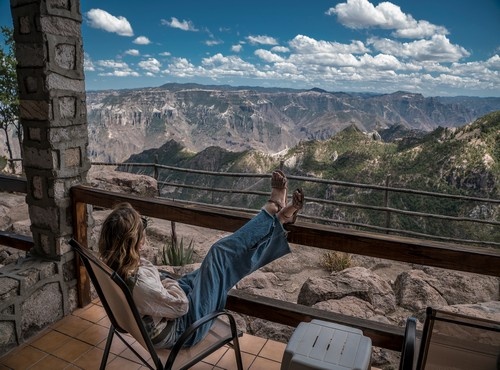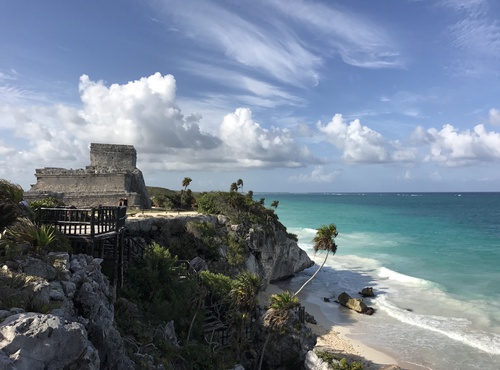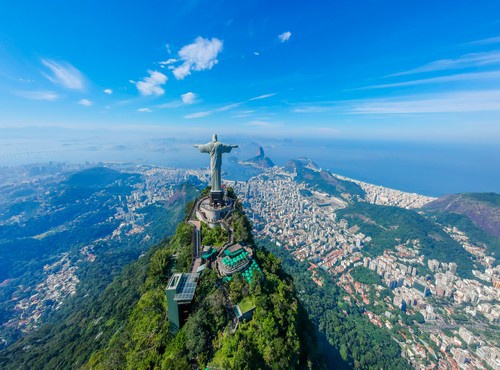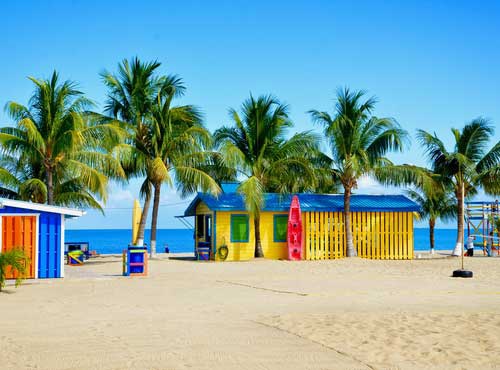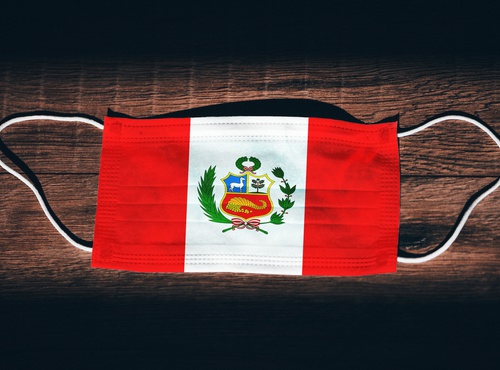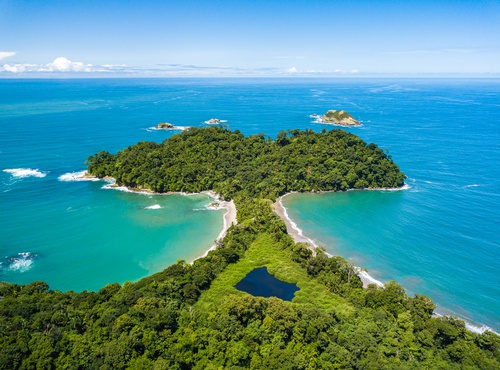
Written by:undefined undefined
Published: 25-04-2023
Panama is so narrow, that you can cross it in about an hour by car, but that doesn't mean this Central American gem isn't packed full of attractions. It’s one of the most biologically diverse places on earth. The country boasts thousands of kilometers of paved roads, a modern bus network, water taxis, an innovative new Metro train in the capital, and, of course, the Panama Canal. Here are the principal ways to navigate Panama and the best ways to get around the country.
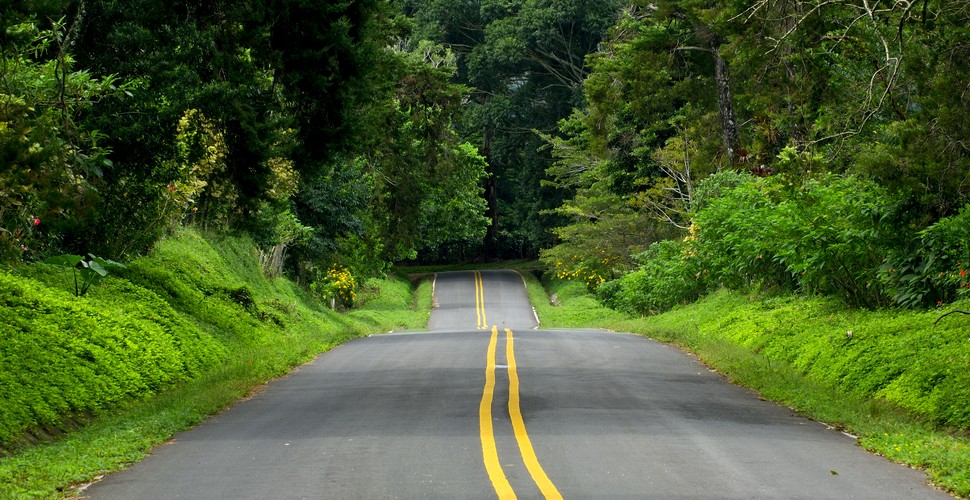
Boquete Road, Panama
Plane
Cities and larger towns are served by regular flights with Air Panama, currently, the only domestic carrier, which flies to David, Bocas, parts of Darién, as well as to Guna Yala and to the Pearl Islands. With the exception of the more isolated areas, though, most destinations are so close to Panama City that it’s scarcely worth flying; not least because it’s very expensive. Flights can be bought online, or over the phone using a credit card.
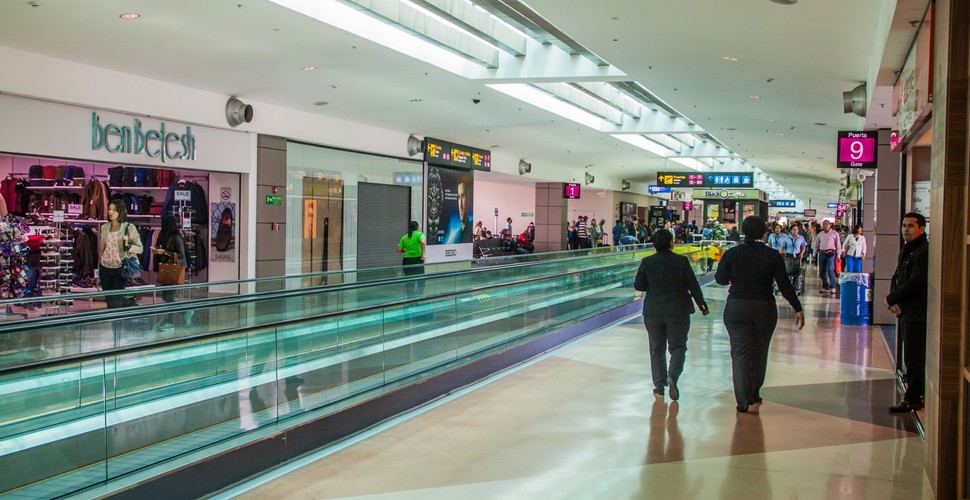
Panama City Airport
Bus
Buses are the cheapest and most popular way to travel in Panama. Panama City is the hub of the network, with regular buses to Colón, Metetí in Darién, Almirante (for Bocas del Toro) and all the western cities and towns. Buses vary in comfort and size, from modern, a/c Pullmans to smaller “coaster” buses and old US school buses, more commonly known as “chicken buses”. Smaller towns and villages in rural areas tend to be served by less frequent minibusses, pick-up trucks, and flat-bed trucks known as Chivas or Chivitas, converted to carry passengers, while Colón and David are also served by express buses, which are more expensive, more comfortable and faster. Most buses are owned by private firms, and even when services are frequent, schedules are variable. Cities and larger towns have bus terminals; otherwise, buses leave from the main street or square. You can usually flag down through-buses from the roadside, though they may not stop if they are full or going a long way. In general, you can just turn up shortly before departure and you should be able to get a seat, though the express buses to and from David, buses from Bocas del Toro, as well as international buses to Costa Rica, are definitely worth booking in advance. Fares, as elsewhere in Central America, are generally good value, with the longest journey being from Panama City to Almirante, which is a 10-hour trip.
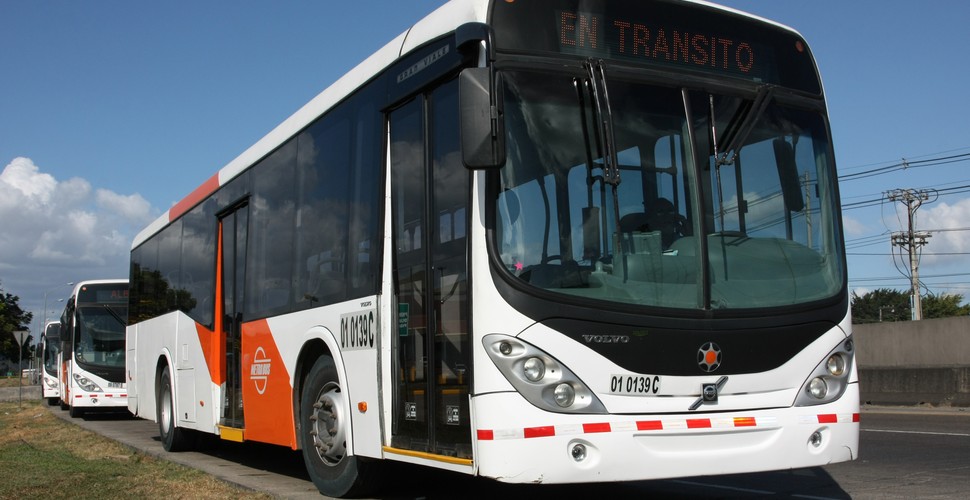
Panama Bus
Car
Car rental in Panama is reasonably priced but not cheap. However, having your own vehicle is a good way of seeing parts of the country not well served by public transport, especially the canal corridor and the Azuero Peninsula. All of the main rental companies are based at Tocumen International Airport, and also in the city center. Some also have offices at Albrook airport and the airport in David. National Panamá is popular with locals as it offers some of the cheapest rentals in the country. Driving in Panama is pretty straightforward, though even the paved roads in the canal corridor and the west can be badly maintained. The main roads on the Azuero Peninsula are in good condition, as is the road across the cordillera to Bocas del Toro, and the secondary roads to Cerro Punta, Santa Fé, Boquete, and El Valle. 4WD is rarely necessary except during the rainy season and in more remote rural areas. Police checkpoints appear throughout the country, mainly on provincial borders, and normally you are only required to slow down. If the police ask you to stop, in most cases they will just want to know your destination and see your license and/or passport.
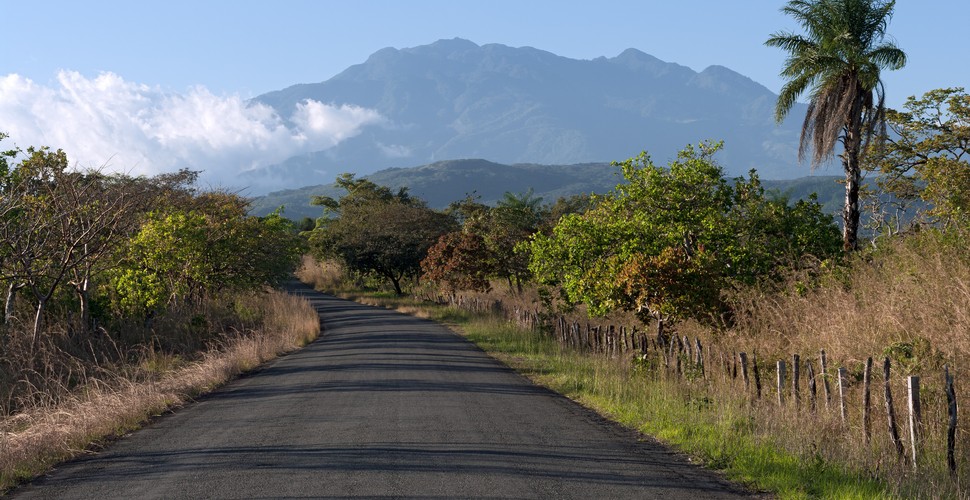
The Road to Baru Volcano
Taxis
In larger cities, like Panama City and David, taxis are plentiful and inexpensive. Most intra-city rides will cost US$1–2 (US$2–5 in the capital). There are many unlicensed cab drivers patrolling the streets who are willing to negotiate on prices, but who may engage in unscrupulous practices. Even licensed cab drivers won’t hesitate to exploit an obviously unsavvy, lost, or needy tourist. Specifically, be wary of paying over the odds on the Amador Causeway in Panama City.
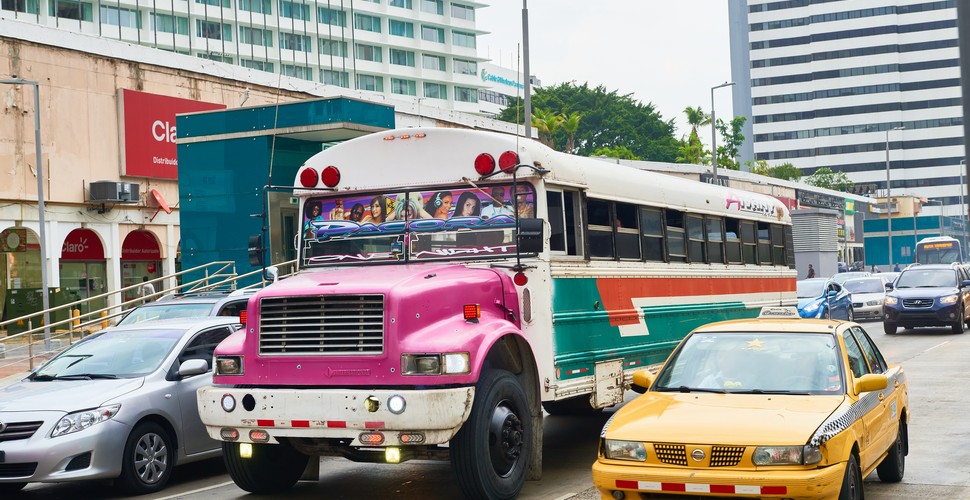
Taxi Next to a Chicken Bus
Boat
Scheduled ferries run from Panama City to Isla Taboga as well as between Bocas del Toro and Almirante. Motorized water taxis and dugout canoes are important means of transport in Bocas del Toro, Darién, and Guna Yala, though the only scheduled small-boat services are the water taxis in Darién (between Puerto Quimba and La Palma, or La Palma and Garachiné) and between Almirante and Bocas. Otherwise, you’ll either have to wait for somebody going your way or hire a boat. The latter can be expensive – US$150 for a motorized dugout with a small engine from La Palma to Sambú, for example – but obviously works out more cheaply the more there are of you. Make sure you find out the approximate price per gallon for diesel and the number of gallons needed per journey from a disinterested party before starting to negotiate a price. Hiring a dugout canoe also opens up possibilities for wilderness adventure for the intrepid traveler, up jungle rivers to isolated villages or out to uninhabited islands.
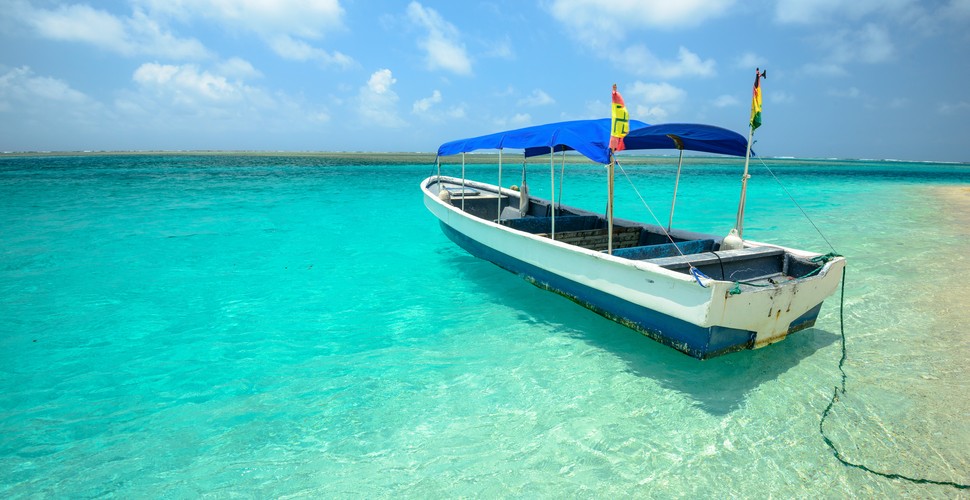
Boat on The San Blas Islands
Bike
Cycling is a popular way to get around in western Panama, where roads are generally paved and traffic scarce (away from the Interamericana and other major routes). Towns usually have a shop offering parts and simple repairs. Other good roads for cycling include all those on the Azuero Peninsula and the roads to Cerro Punta and El Valle, off the Interamericana.

Bikes at Santa Catalina, Panama
Train
The Panama Canal Railway which runs alongside the canal between Panama City and Colón, offers an excellent way of seeing the canal and the surrounding rainforest, especially if you enjoy train travel specifically.
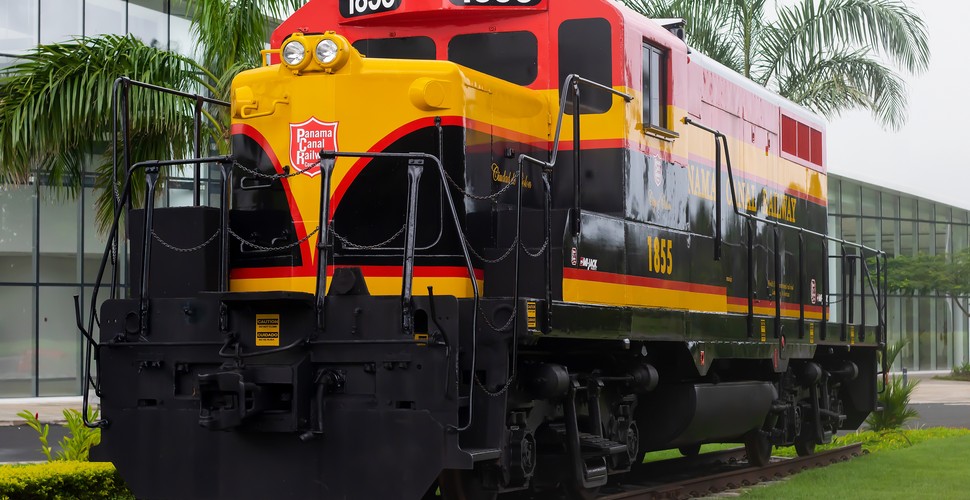
Panama Canal Train Company
If you have any questions about how to travel around Panama, please feel free to ask us here! Happy Travels!







